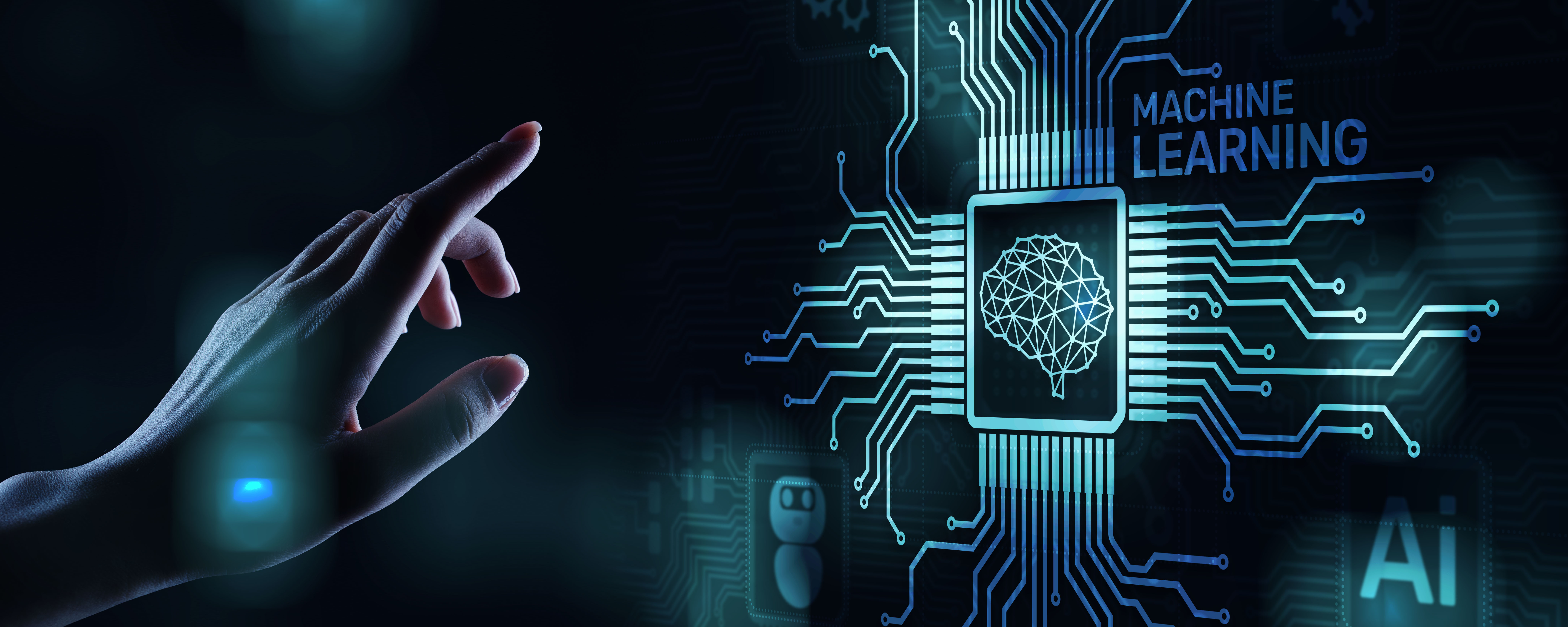Weak Supervision: Artificial Intelligence Without Teething Problems
Machine learning (ML) is considered a key technology for developing products, processes, and services. Even if the tasks are very different, the approach is often the same.
Most of us have probably come into contact with machine learning at various times. For example, speech and image recognition solutions rely on this type of technology. Voice assistants such as Alexa and Siri and chatbots or recommendations on online shopping platforms would be useless without it. ML also plays to its strengths in analyzing and optimizing business processes.
How Does Machine Learning Work?
In general, ML is about algorithms that analyze data, learn from this analysis, and subsequently apply what it has learned. For ML to work and learn a pattern, it will require human training. This learning process begins with prepared training data, searched by the algorithm for patterns and relationships.
After a completed learning process, the trained model is used to evaluate new data to make better decisions based on these predictions. The main goal is to learn without human intervention and adjust actions accordingly. The development of a model is an interactive process that is run several times until the result reaches a certain level of accuracy.
Machine learning includes several methods for the analysis and recognition of data and their relationships to each other. One of the best-known methods is deep learning, which simulates the structure of the human brain.
Neural networks interpret content from various data sources such as images, videos, or texts and extract information and patterns. This is often used to make data-driven predictions for the future.
The More Quality Data, The Better
A training dataset is a dataset of examples used to learn the patterns and relationships within data. The dependence on massive training datasets is the biggest catch related to machine learning algorithms. For example, obtaining training data is usually highly time-consuming and cost-intensive, as this data often has to be created manually first (e.g., manual labeling of images). For this reason, it sometimes takes months or years to compile, clean, and debug them - especially when expertise is required.
In addition, real-world tasks often change and evolve. Therefore, "weak supervision" is increasingly coming into focus as a deep learning method.
The Weak Supervision Method
Ground truth annotations represent the foundation of knowledge used to train an AI system. They specify what is meant to be learned from a common dataset. For example, which part of a sentence represents a person, an organization, a date, and even how a decision is to be made.
An excellent example of this is a spam filter. Spam filters are trained to recognize which e-mails are spam and which are not. If there are problems, they result from the ground truth and how it was trained.
In contrast, weak supervision does not refer to the ground truth. Instead, machine learning models are generated using probabilistic training labels.
The creation of probabilistic training labels is based on assumptions or estimates. In simple terms, the goal is to estimate how much useless information individual data records contain. These can then be left out of pattern recognition or process automation, eliminating the need for manual input and classification and reducing the implementation time enormously.
The Continuous Progress of AI
Due to AI's efficiency, it is used in numerous areas like facial recognition software, voice assistants, and chatbots to answer customer queries. AI is also making significant progress in more sensitive areas, such as road traffic, using assistance systems in cars. They are used to detect fraud or determine creditworthiness in credit and banking. Even in medicine, AI is used to help detect and diagnose diseases. While AI was initially slowed down by the preparation and training times of the system, today, new forms of deep learning can produce more accurate results in a fraction of the time.
Mindbreeze uses AI to enhance business processes and equip workforces with 360-degree views of their corporate knowledge. How can we help you? Contact our experts today.
Latest Blogs
Inside Insight: How Journeys and Touchpoints Make Enterprise Search Effortless with Mindbreeze Insight Workplace
Picture this: you’re preparing for a high-stakes client meeting.
The Future of Enterprise AI Depends on Smarter RAG Solutions
Today’s enterprise leaders ask how to make AI meaningful, responsible, and scalable. One architectural approach stands out as organizations look beyond isolated proof-of-concepts and begin embedding AI into workflows: Retrieval-Augmented Generation (RAG).


